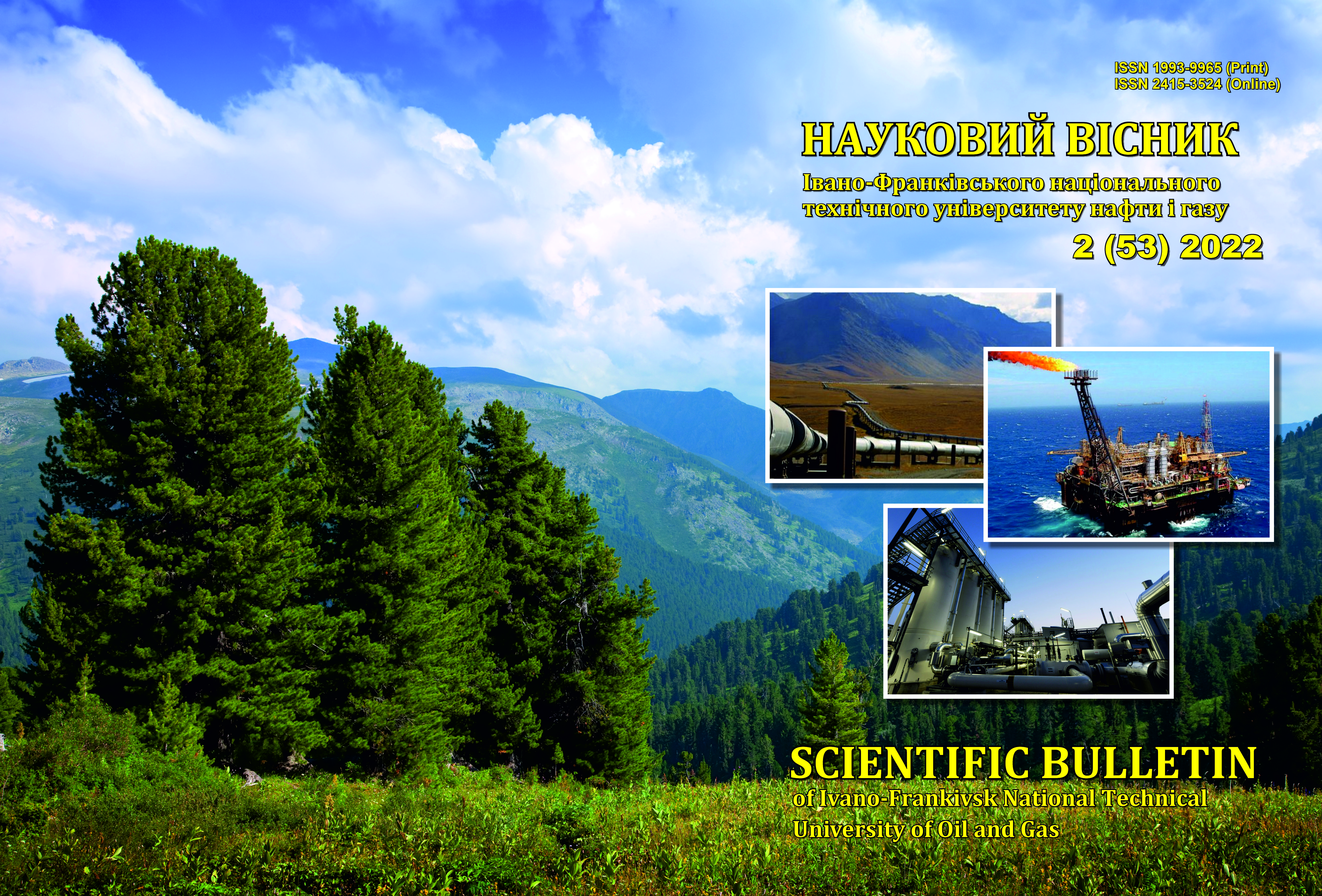Automated development of the grading table of horizontal reservoirs
DOI:
https://doi.org/10.31471/1993-9965-2022-2(53)-47-53Keywords:
tank, calibration, calibration table, computer-aided design system, liquid, gasAbstract
Tanks of various types are commonly used for the storage and transportation of liquids and gasses. These tanks can be either stationary or mounted on the chassis of a road or rail vehicle. In the design phase, the depen-dence of the volume of a liquid or gas on its level is determined. This is usually done using an analytical method. However, this method is difficult to apply to tanks that are placed at an angle to the horizontal and to a variety of process equipment in the tank whose volume must also be taken into account. Today, when various computer-aided design systems are highly developed, it is much easier to determine the liquid level in a tank at the design stage. For example, if you use the SolidWorks program, you can not only determine the volume occupied by the liquid in the tank, taking into account various technological equipment, but also automate the process of creating a division plan. The program can also be used to determine the volumes of liquids in the tank with different densities. In this article, an algorithm for determining the volume of a liquid in a tank with conditional technological equipment is presented, as well as an approach to automating the creation of a calibration table using the Simulation application module of the SolidWorks program. In order to determine the size of possible errors, the volume of liquid in a tank with a geometric volume of 10 m3 (outer diameter of 1600 mm and length of 5321 mm) was calculated for the case of horizontal placement and at an inclination of 2°. It is found that the difference between the determined volumes at a liquid height of 600 mm from the lowest point of the tank is 0.6 m3.
Downloads
References
DSTU-3T B V.2.6-103:2010. Nastanova. Rezervuary stalevi horyzontalni dlia nafto-produktiv. Konstruktsii i rozmiry. [in Ukrainian]
DSTU B V.2.6-183:2011 «Rezervuary vertykalni tsylindrychni stalevi dlia nafty ta naftoproduktiv. Zahalni tekhnichni umovy» (HOST 31385-2008, NEQ) [in Ukrainian]
Samoilenko O. Kalibruvannia kombino-vanykh, vstanovlenykh na rezervuarakh system dlia vymiriuvan masy ridyn. Metrolohiia ta prylady. 2017. Vol. 6. P. 3-9. [in Ukrainian] URL: http://nbuv.gov.ua/UJRN/mettpr_2017_6_3
William B. Instrumentation and control systems. Burlington: 30 Corporate Drive, Suite 400, 2004. 352 p.
Engineers Garage (Level Sensors). 18 September 2012. URL: https://www.engineersgarage.com/level-sensors/
Spravochnoe rukovodstvo ynzhenera po yzmerenyiu urovnia. [in Russian] URL: https://www.emerson.com/documents/automation/brochure-metran-ru-ru-4721450.pdf
Sait kompanii «Metroharant». [in Ukrainian] URL: https://www.metrogarant.com.ua/kalibrovka-rezervuarov?gclid=Cj0KCQjw4omaBhDqARIsADXULuWZFqSC4dKf0B-Fo9xXku0FGkqZ8SCRX
itcgMRx3p6RV-8ffxpkuXEaAk99EALw_wcB
Downloads
Published
How to Cite
Issue
Section
License
Авторські права....


1.png)

















